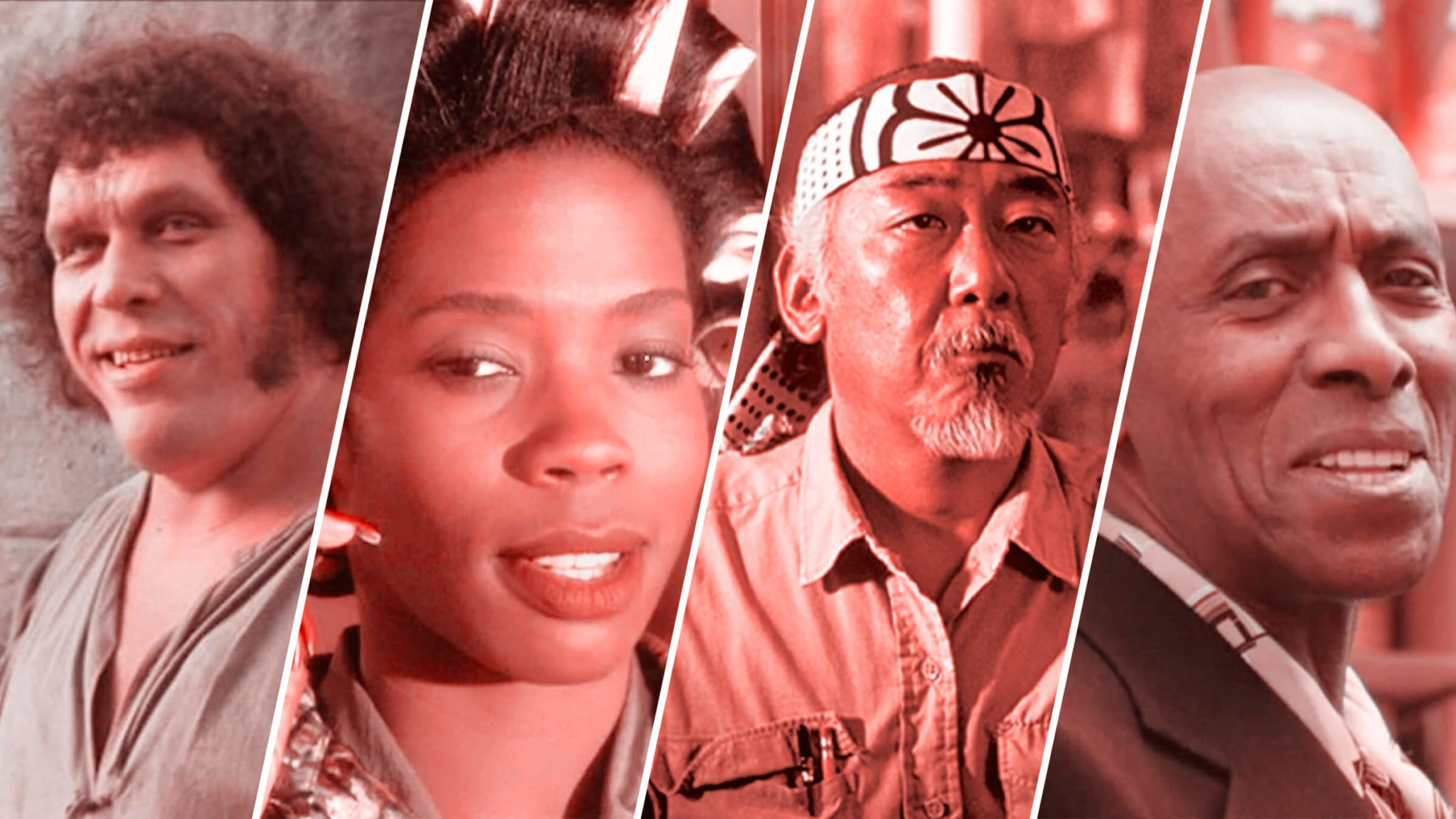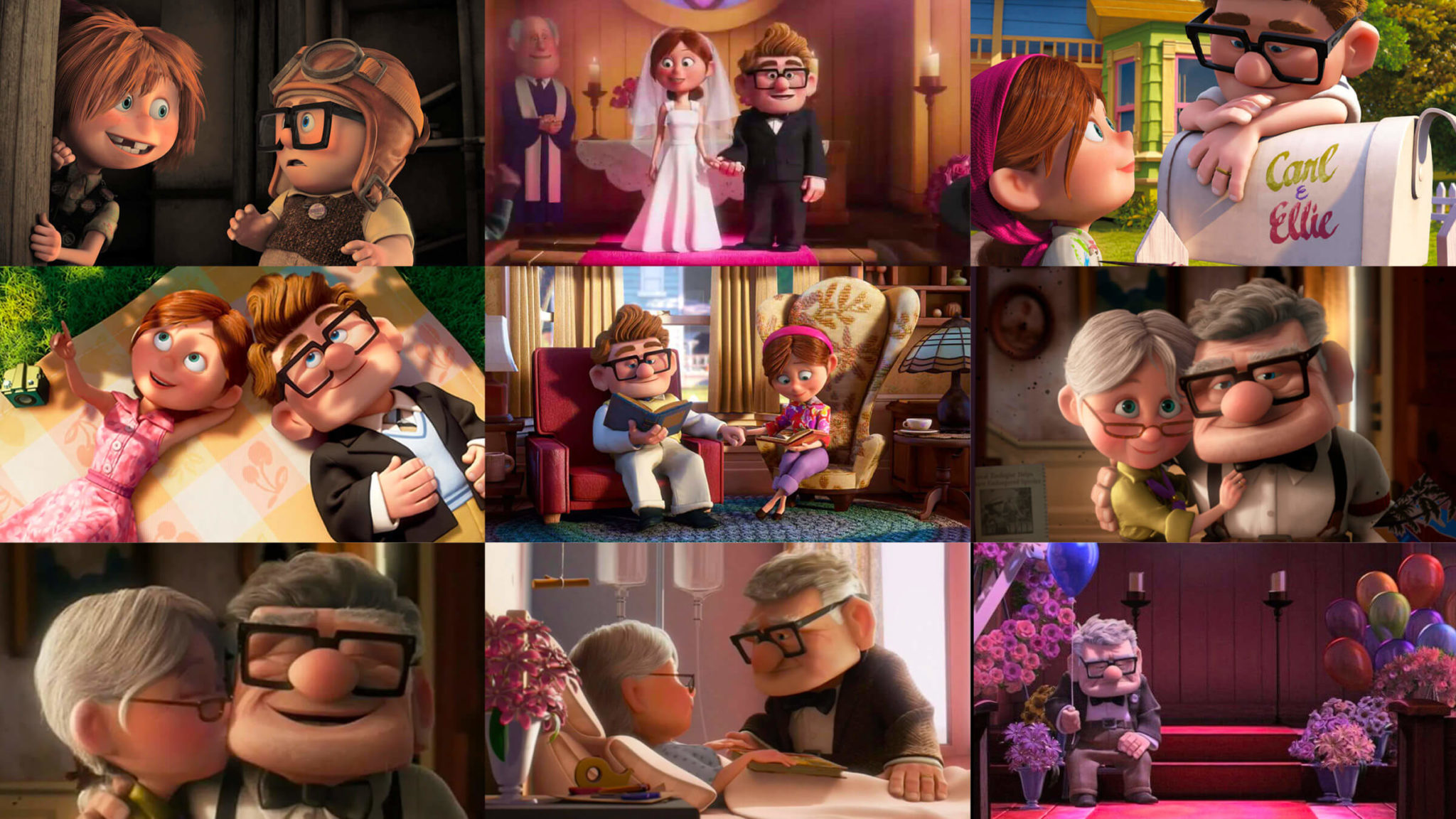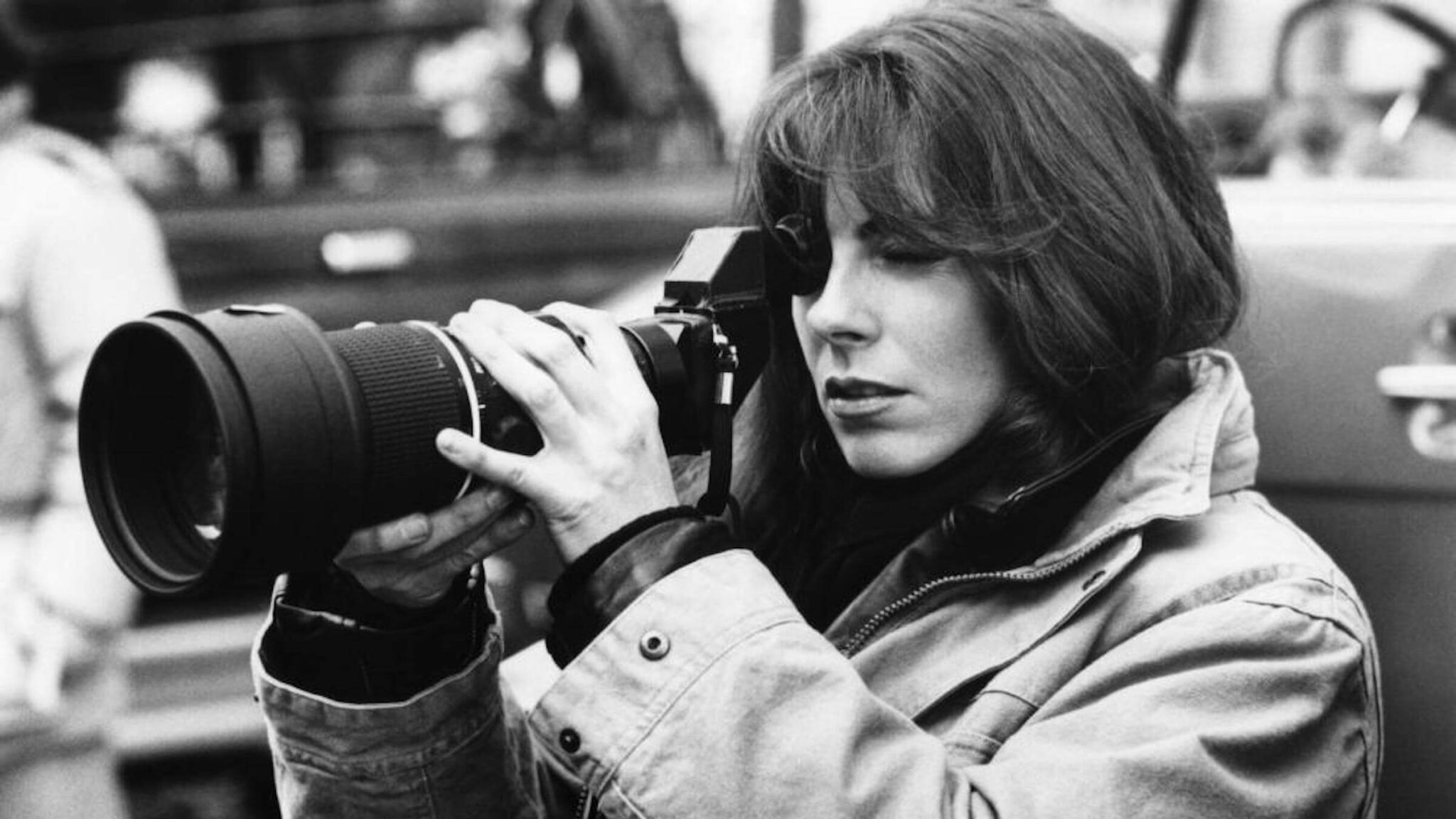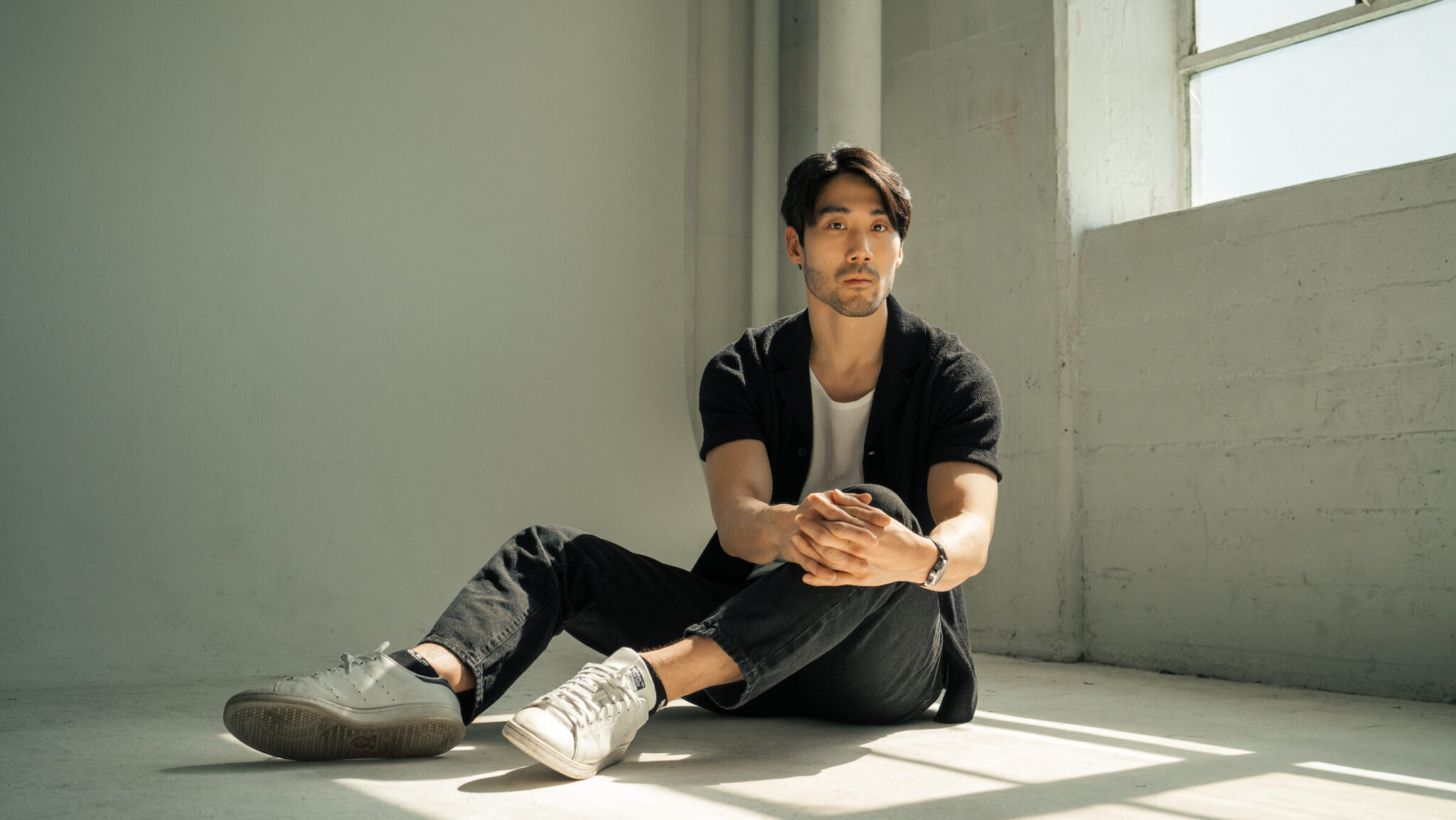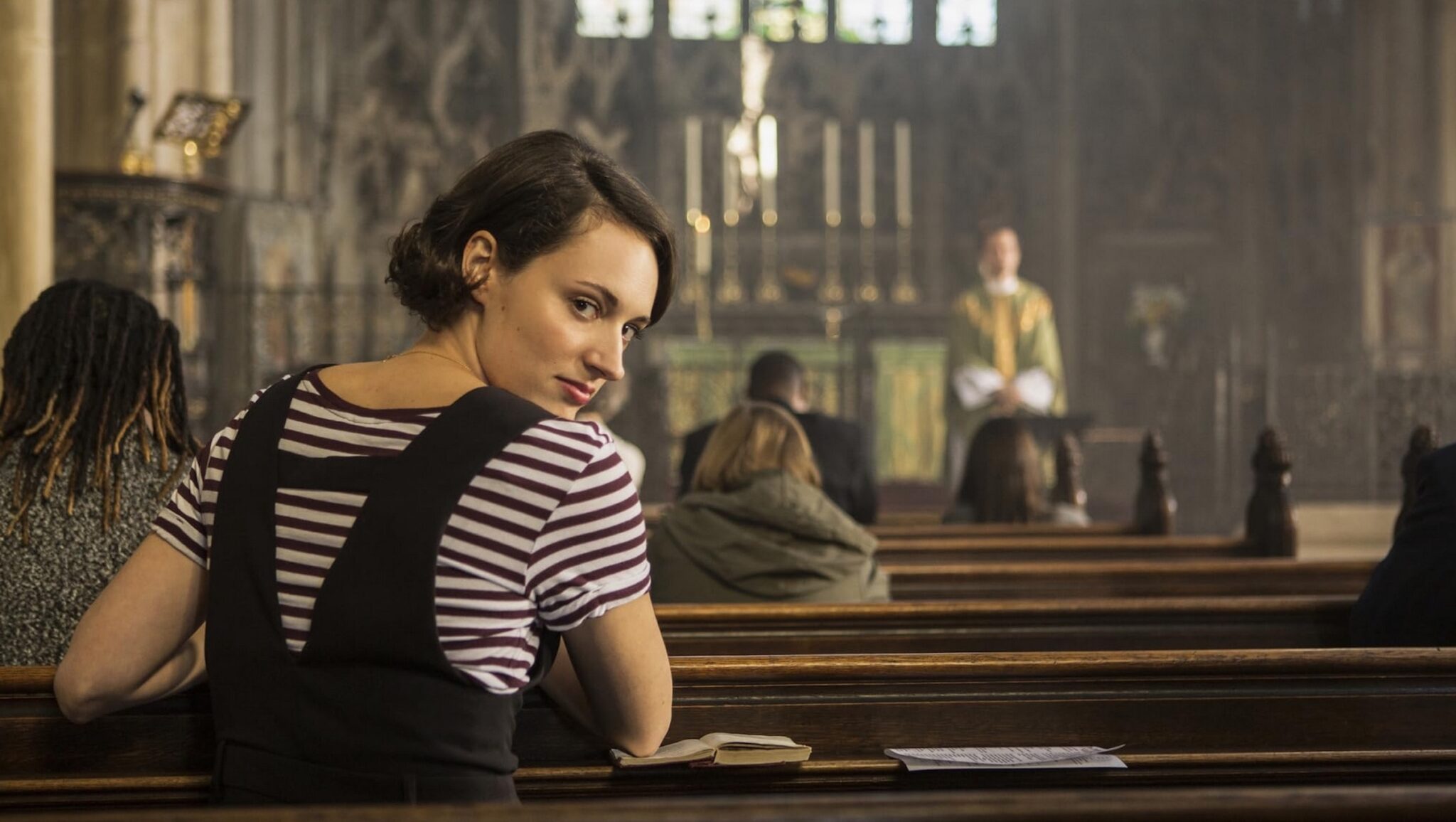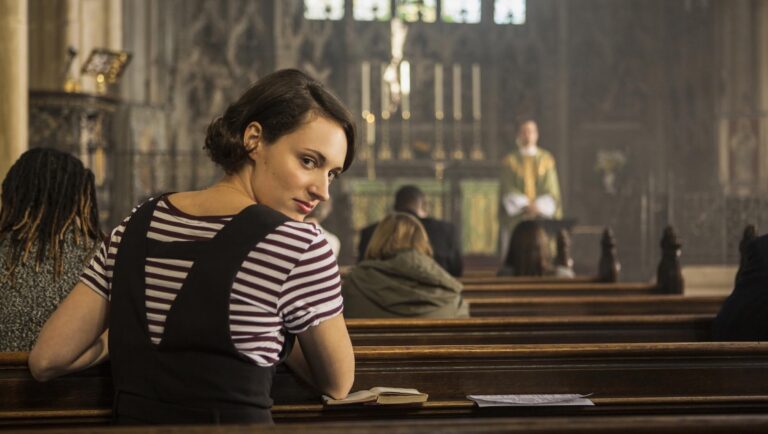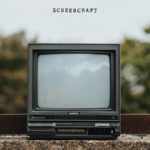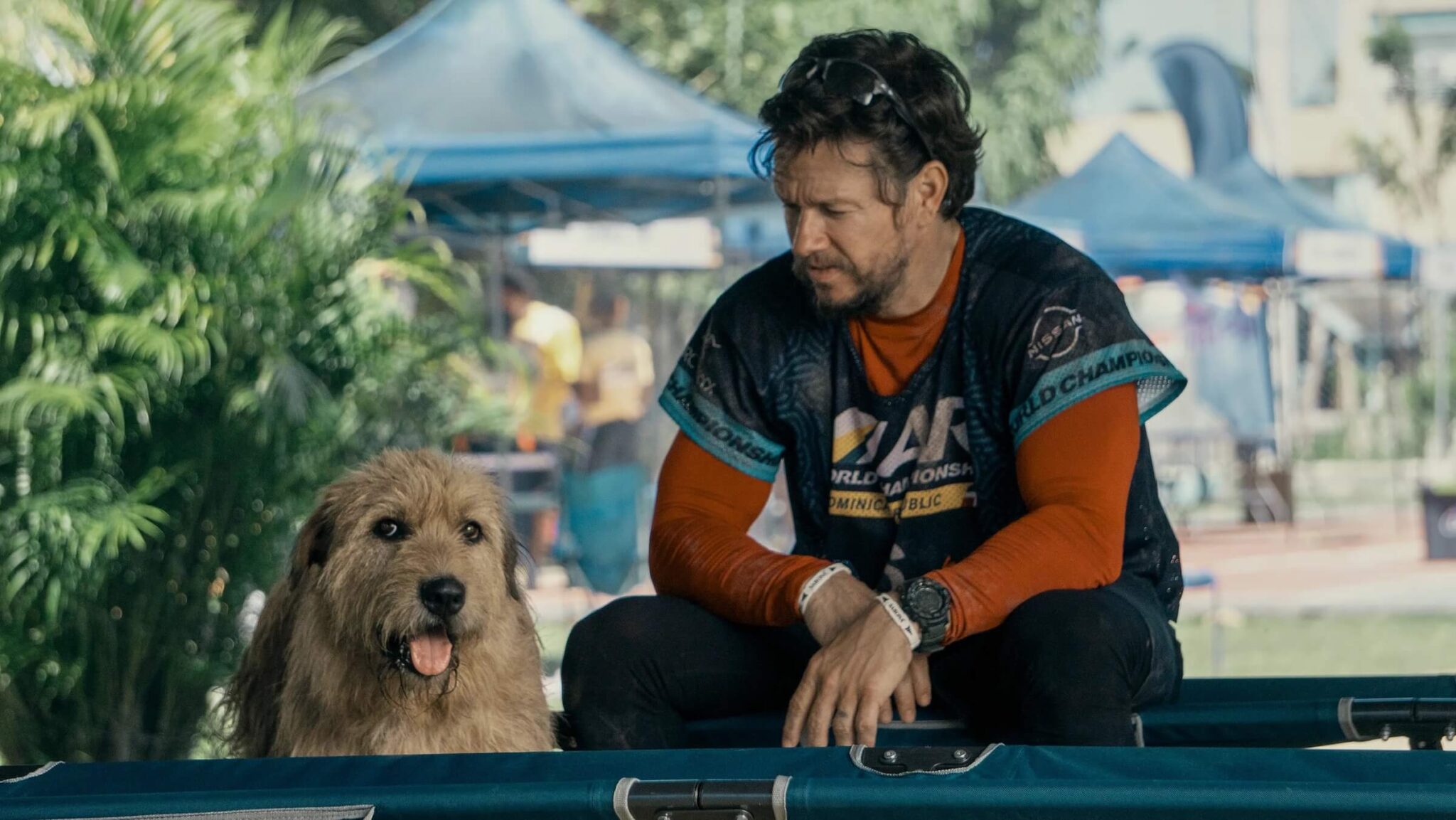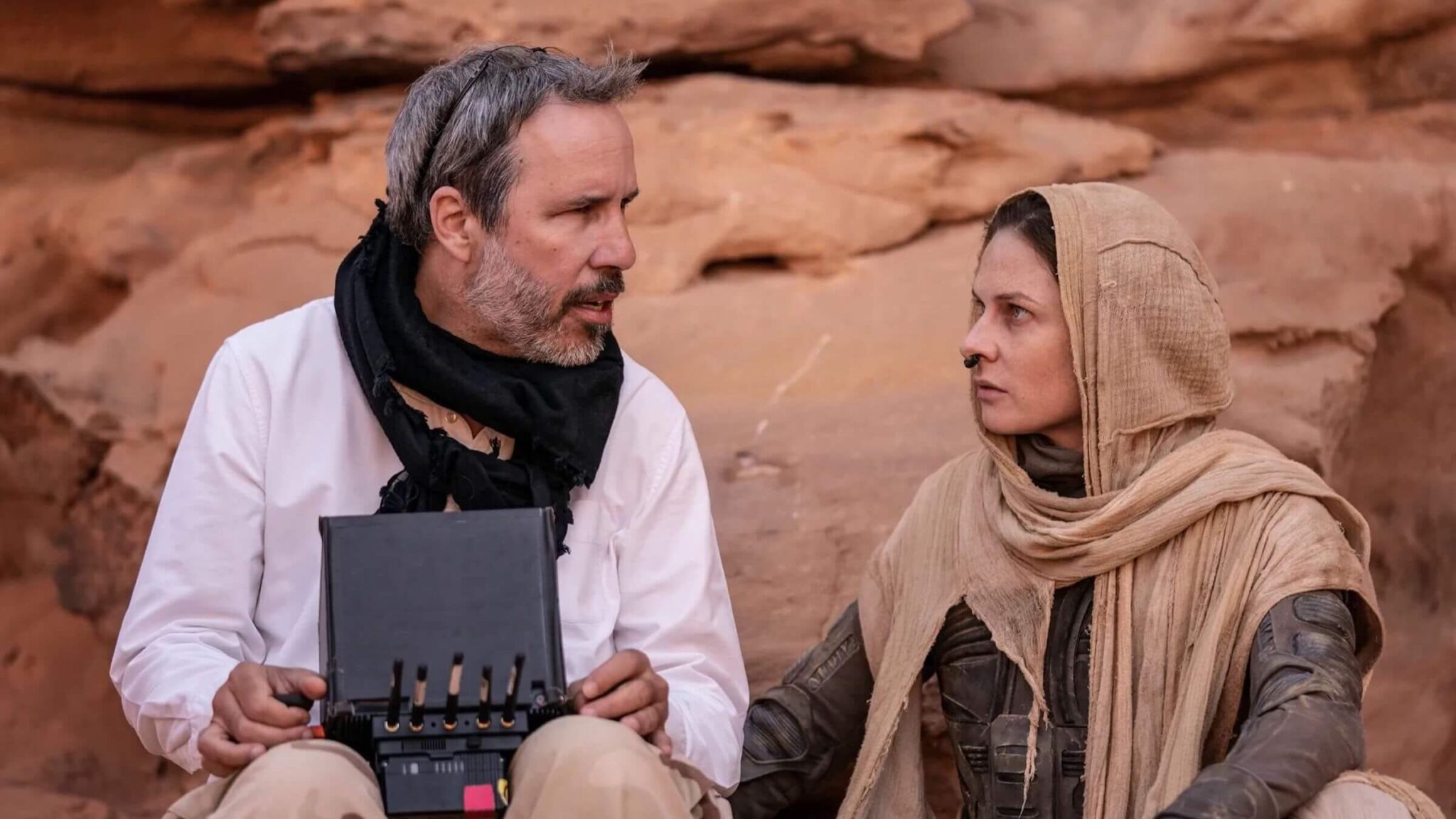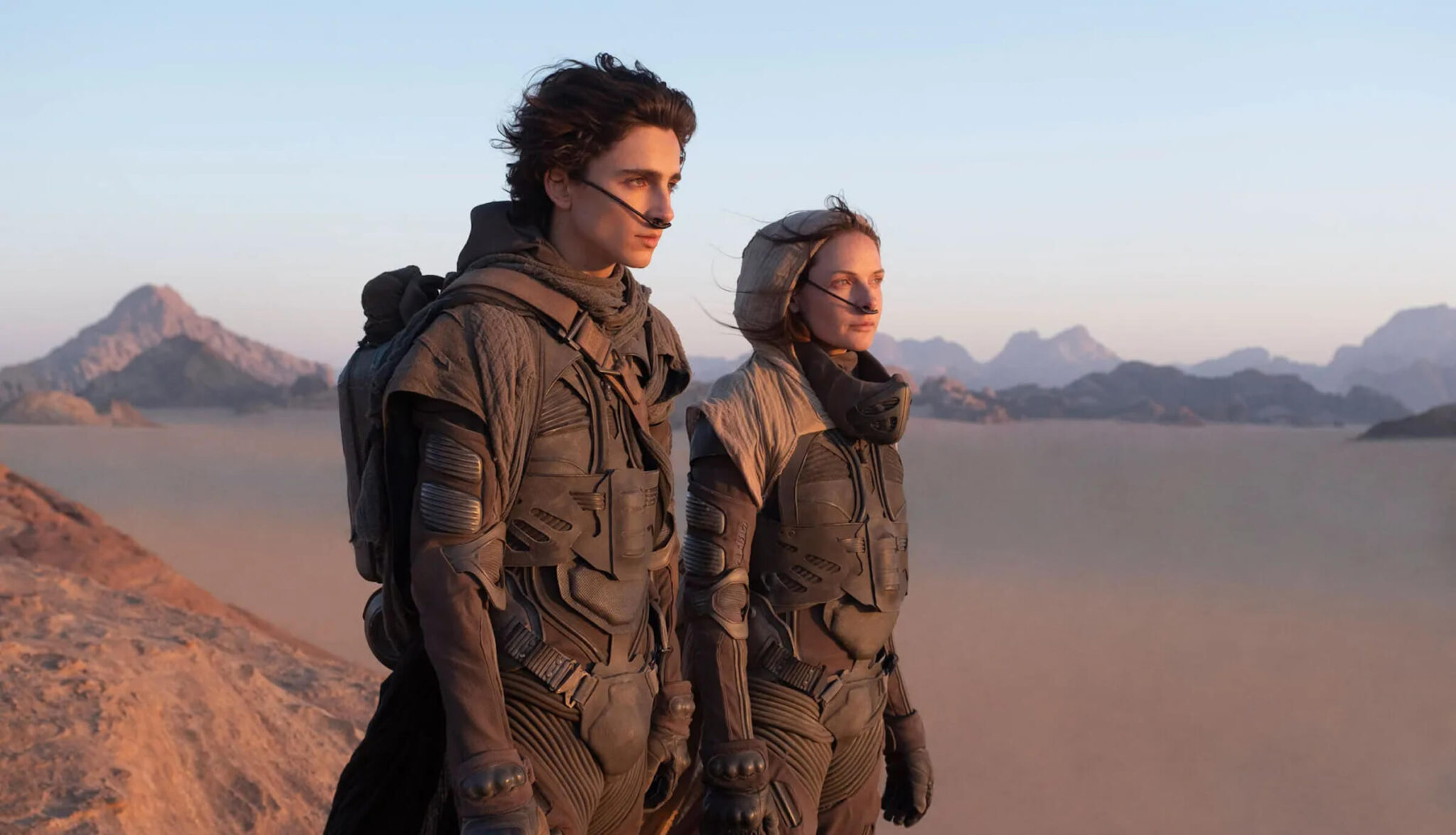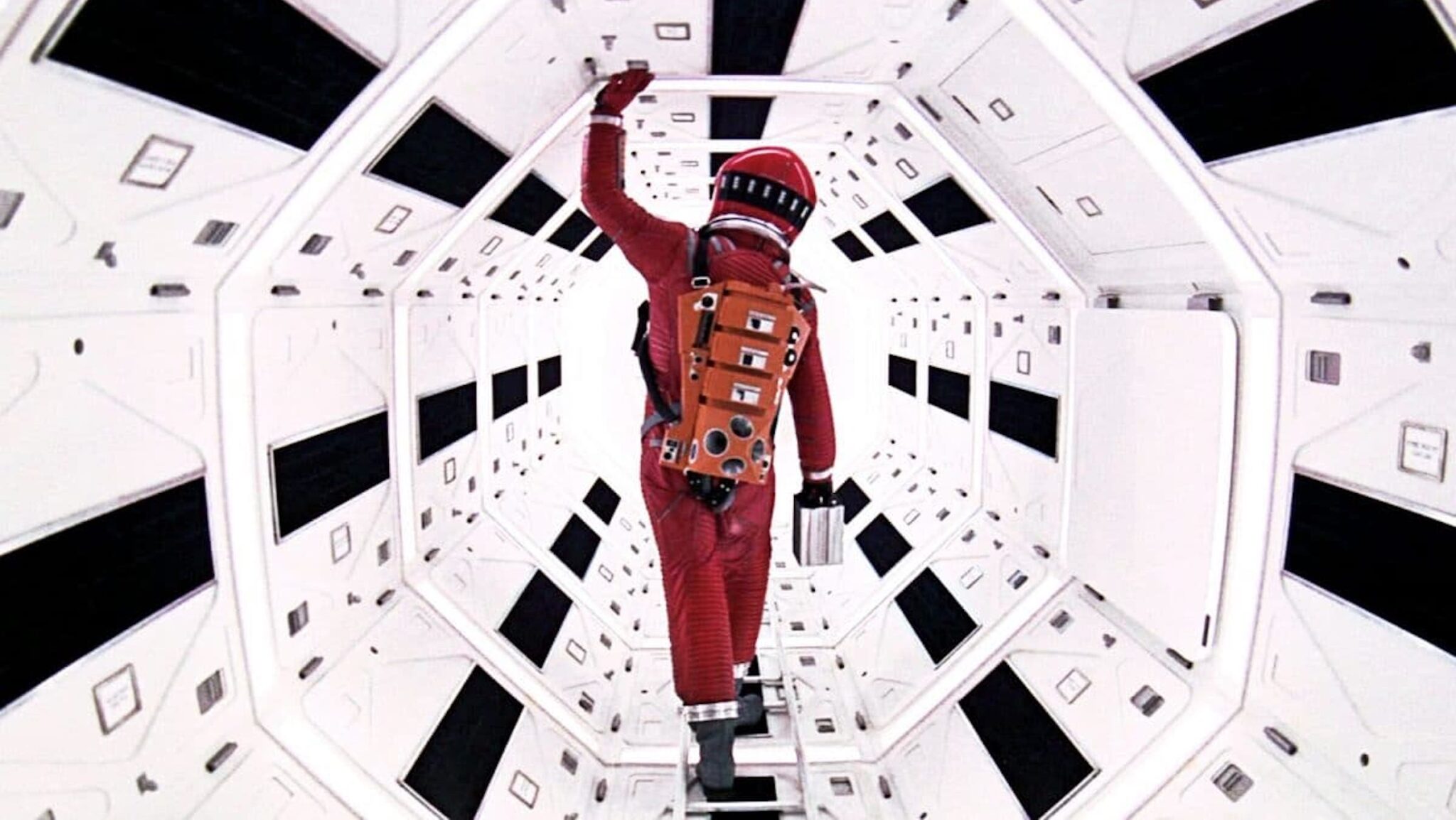Why Screenwriters Should Think Like Film Editors
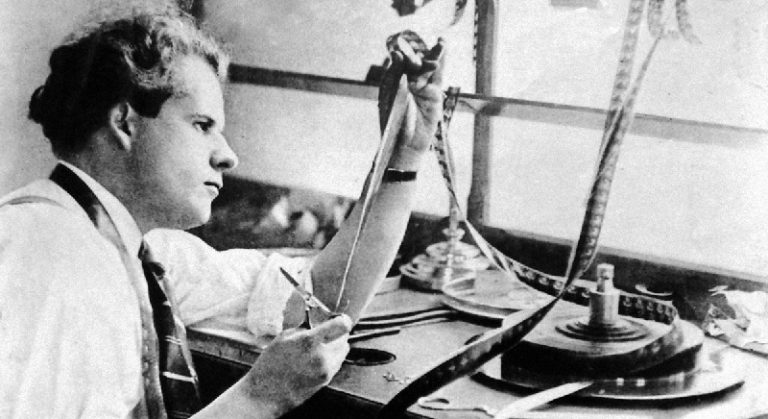
Editing is a critical factor in the success of any film. Every choice that the editor makes drastically affects the emotional engagement of any story, plot point, scene, sequence, or character.
When the original cut of First Blood was first screened for the studio, it was deemed a disaster. When the original Star Wars was first shown in its first cut to George Lucas's peers — and then later to the executives at Fox — most believed that it was a failure.
Classics like Blade Runner, Close Encounters of the Third Kind, Superman II, and numerous others have had multiple versions based on different cuts of each film. Blade Runner's original studio-mandated cut forced director Ridley Scott to add constant voiceover throughout the film. When he released a Director's Cut years later without that voiceover, the whole tone of the film shifted — arguably for the better.
The Warner Brothers/DC film Suicide Squad went through a rumored seven or more "final" edits. Director David Ayer initially cut a more dark film while the studio decided that they wanted a more fun and light ride. They worked hard to try and find a consensus, which affected the released cut. It made money opening weekend but suffered from terrible reviews and a 67% drop during its second weekend.
Movies have been saved by great editing, and, in turn, have been destroyed by bad editing.
The choices an editor makes are vital to the telling of a cinematic story. And it's certainly not just about what is left on the cutting room floor, instead, it's about vital yet straightforward choices like:
- When to enter and leave a scene
- How much or how little dialogue is used
- What emotions are shown
- What point of views are utilized
- What transitions are made from scene to scene and what those transitions are telling us
Screenwriters Need to Think Like Film Editors
No different than the cut of a film, a draft of a script can make or break the success of that material, no matter how great the story and concept are. Screenwriters need to think like editors and create a cinematic experience. Just because you're only writing words — as opposed to cutting produced film — doesn't mean that you're not offering a cinematic experience. You are.
When readers read your scripts, you are tasked to allow them to see your story through their mind's eye as quickly as a reel of film is projected onto a theater screen. This is why screenwriters need to embrace the Less Is More mantra. But it has to go beyond that. You need to create an authentic cinematic experience for them, and you achieve that by writing like an editor edits.
It's Not About Angles and Camera Directions
That's a director's job. Even the editor doesn't decide what angles and camera directions are used. Yes, they are forced to deal with what they are given — which differentiates editors and screenwriters because screenwriters are conjuring images from their own imagination but can only communicate that in broad strokes for the director to stylize — but editing is no different than screenwriting in the context of having to make choices that trigger the best emotional tone for the story.
Telling the Story Isn't Enough
Perhaps the most common issue with screenplays that make their way to Hollywood is that they are boring reads. They've gotten into the hands of Hollywood for consideration likely due to intriguing concepts. However, even those with promising characters, stories, and concepts can be otherwise forgotten due to poor delivery.
Anyone in Hollywood knows that 95% of the scripts that come through are either horrible or just aren't ready. 3% are above average. 1% is good. And then the final top 1% are those that we see featured in the trades and sometimes on the big screen.
Most novice screenwriters would be content with making that top 4% of above average or good scripts. "Beating" 95% of the competition is an achievement, right? No.
In this industry, above average isn't good and good isn't good enough.
Writing like an editor edits can make the difference for most screenwriters out there. Even "lesser" stories and concepts can be catapulted over the Hollywood walls to success by showcasing a true cinematic read.
It's actually very simple when you think about it. People trying to make cinematic movies for an audience that loves the cinema respond best to screenplays that read very cinematically.
Just telling the story isn't enough.
How Screenwriters Can Write Like Editors Edit
The simple answer is this — write visually.
Novice screenwriters often worry too much about the plot as opposed to cinematically communicating that plot. They outline the scenes, make sure the plot points are placed here and there, and then when they write, they simply create scenes that lead the plot forward, often with dialogue that tells rather than shows.
This describes about 98% of the scripts floating around Hollywood agencies, management companies, and development offices right now.
The top 1% deliver on offering a hybrid of great concepts, great stories, great characters, and great cinematic reads.
Here are seven ways screenwriters can write like editors edit:
1. Visualize Upwards of 75% of the Script Before You Write One Single Word
To write visually, you need first to visualize. Editors have footage to work from thanks to the director and crew but you, the screenwriter, need to conjure that "footage" for yourself first before you write so you can make those editing choices down the road.
Know that visualization is writing. You don't have to be physically typing. Take a month or more to go on long walks, hikes, bike rides, or drives. Play some cinematic music in your earbuds while you do so. With the concept, characters, stories, twists, and turns in your mind, visualize the movie.
You can either start from the beginning with the opening sequence or focus on the major scenes that you want to see in your own mind's eye before you write.
2. Offer the Reader a Visual Treat in the Opening Pages
Imagine the opening visual and conjure the dramatic, scary, thrilling, or funny moments that follow. Imagine how you can quickly introduce characters while still showcasing elements of who they are. We covered this well in our posts How to Introduce Multiple Characters Quickly and How to Introduce Ensemble Characters in Dramas.
But even more important, offer something that engages the reader visually.
Here's where most screenwriters make a mistake. They think that dialogue and some story point is a way to engage a reader in the opening pages. Human beings respond more to visual references, so the best way is to conjure visuals that engage, rather than just some smart, interesting, or shocking dialogue or plot point.
You accomplish this by describing something that creates a visceral response in the reader. Something memorable. The late Wes Craven opened with this visceral scene in Scream that centered on the fear of being alone or being stalked.
It's cinematic because we don't open with the set up of her character. We don't meet her parents first. We don't meet her boyfriend. We're thrust right into the middle of the moment.
John Carpenter, who is the king of throwing us into the concept quickly, opened his classic sci-fi horror The Thing like this...
We aren't introduced to the ensemble characters first. We aren't introduced to their setting and group dynamics, as a lesser script would have delivered. First, we're offered a visual of a spaceship falling into Earth's atmosphere. Then we're immediately in the action of a helicopter chasing — and shooting at — a wolf. We watch as the wolf runs into the facility seeking refuge while the helicopter shooter exits and begins to fire at it while screaming at the main characters of the film in a foreign language. Finally, the shooter is taken out by one of the main characters.
This opening is accomplished almost entirely of visuals, and now we're wondering how the visual of the spaceship entering Earth's atmosphere is related to what followed.
Paul Thomas Anderson's There Will Be Blood focuses solely on visuals as we are thrown into the life of the lead character.
We go from scene to scene of him surviving the elements, mining, getting hurt, and then finally succeeding in finding his fortune. It's a visceral sequence that is edited perfectly as we wonder who this character is, as we see how driven he is, and as we learn that he'll stop at nothing to succeed.
You, the writer, can and should write like these opening sequences are edited.
3. Intercut Different Scenes Together to Break Up Longer Scenes
If you have a more extended scene that needs to be featured, think like an editor and figure out how you can break up that scene by intercutting it with other scenes, jumping from location to location, from this character to that, etc.
Go from one to the other, back and forth, rather than just offering a bland collection of scenes built up on top of each other. That’s not how most great films feel when we’re in the theater. Why? Because they’ve been edited to convey a certain energy, flow, and style.
4. Don't Edit from Plot, Edit from Instinct
As mentioned before, too many screenwriters focus on plotting the script out as they write and edit. To create that cinematic "cut" of your script, trust your instincts. What do you feel are the best cinematic choices when moving from one scene to the next? What works best visually?
The problem with supposed screenwriting "formulas for success" — Save the Cat, etc. — is that they breed formulaic screenplays. They teach you to write and edit from plot rather than from instinct. You've been watching movies and television your whole life. Trust this now embedded visual storytelling instinct to offer answers to the sole question of "What do we see next?"
5. What Do We See Next?
It's not about going to the outline to see what comes next in the story. It's not about following some formula or structure. Writing like an editor edits is all about what we see next and why.
Don't be afraid to end a scene with a character gazing at the murky water and then opening the next scene on a close-up of that or another character washing their bloodied hands in the sink.
Don't be afraid to end a scene with a character threatening another in a violent rage and then open the next scene on that victim being discovered as a corpse floating in a lake.
Both of those examples that would otherwise be simple but effective film editing choices are types of visual elements that screenwriters should be embracing within each and every page of their script and every transition between scenes.
6. It's All About Rhythm
The great editor Walter Murch (Apocalypse Now) said it best when talking about editing — "It's all about rhythm."
Some will say that great editing is seamless and unnoticeable. When we're talking about rhythm, that rings true. For screenwriting, the same applies. However, sometimes following the rhythm of an emotional moment forces us to make transitions to scenes in a creative manner.
Some emotional scenes play better if you jarringly cut to the next scene.
If someone is agitated after an argument with another character, the next scene could open with them back home tearing apart their apartment. We don't have to see them leave the previous location, walk home, enter, and then begin to wreak havoc. Instead, we go from the emotion of the argument to the emotion of their reaction sometime later.
Screenwriters can follow the emotional rhythm of the story and the character from scene to scene by making the right choices that offer cinematic transitions for the reader to easily comprehend.
7. Practice, Practice, Practice
Murch explained it best when he stated, "Editing is very similar to dance... you can explain the rudiments of dance, but to really learn how to dance you have to dance."
As you learn how to write like an editor to up the ante of your screenplay with cinematic flair, you need to practice and find your own style. Most of the master directors work with the same editors from picture to picture. That is why Quentin Tarantino films of the 90s felt like they did — his collaboration with the late editor Sally Menke. That is why Paul Thomas Anderson movies feel like they do — his collaboration with Boogie Nights, Magnolia, and There Will Be Blood editor Dylan Tichenor.
Not only should you stand out as an amazing screenwriter with your own crop of concepts, stories, and characters, but the read of your scripts should standout by own cinematic writing style.
Readers will thank you for it because they read endless scripts that simply just plot, plot, and plot away instead of giving the reader that buzz they feel when they see a great movie unfold before their eyes.
Go to the theater and watch some movies this weekend or find some on your streaming devices. Choose ones that are similar in tone to what you are writing. As you watch them, pay specific attention to the editing and how that editing makes you feel as a viewer.
Watch a horror movie and see how the editor plays with your emotions with each scene — and then emulate that in your scripts to make the reader feel the same way.
Watch a hilarious comedy and see how the editor conveys various plants and playoffs for humor to make you laugh — and then go make that reader laugh just as hard with your own.
Watch an action movie and see how the editor builds the thrills to an edge-of-your-seat climax — and then craft your own action sequences that take that reader inches and inches further to the edge of their seat with the turn of every page.
The inspiration behind this post — beyond my own writing process — can be found below. Take a look inside the mind of an editor and see what you can take away from their craft. Again, the readers in Hollywood will thank you for it.
Ken Miyamoto has worked in the film industry for nearly two decades, most notably as a studio liaison for Sony Studios and then as a script reader and story analyst for Sony Pictures.
He has many studio meetings under his belt as a produced screenwriter, meeting with the likes of Sony, Dreamworks, Universal, Disney, Warner Brothers, as well as many production and management companies. He has had a previous development deal with Lionsgate, as well as multiple writing assignments, including the produced miniseries Blackout, starring Anne Heche, Sean Patrick Flanery, Billy Zane, James Brolin, Haylie Duff, Brian Bloom, Eric La Salle, and Bruce Boxleitner. Follow Ken on Twitter @KenMovies
For all the latest ScreenCraft news and updates, follow us on Twitter, Facebook, and Instagram.
Tags
Get Our Screenwriting Newsletter!
Get weekly writing inspiration delivered to your inbox - including industry news, popular articles, and more!






